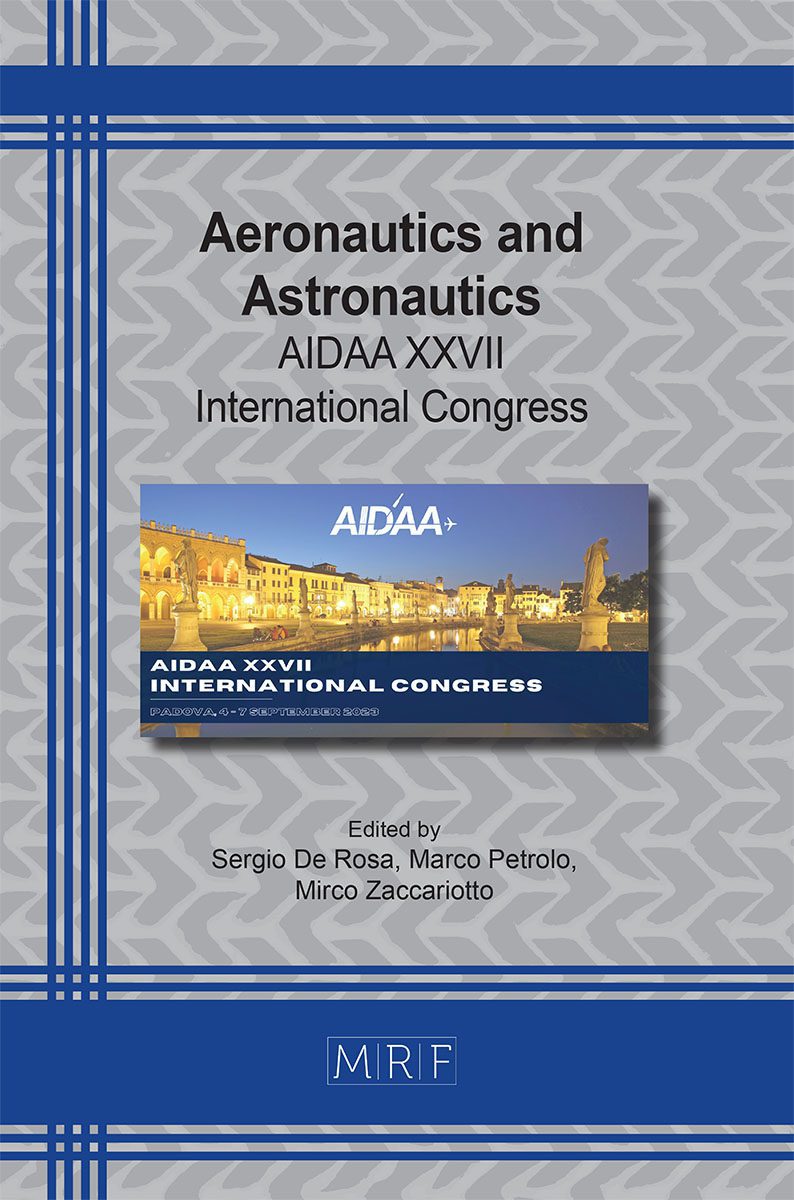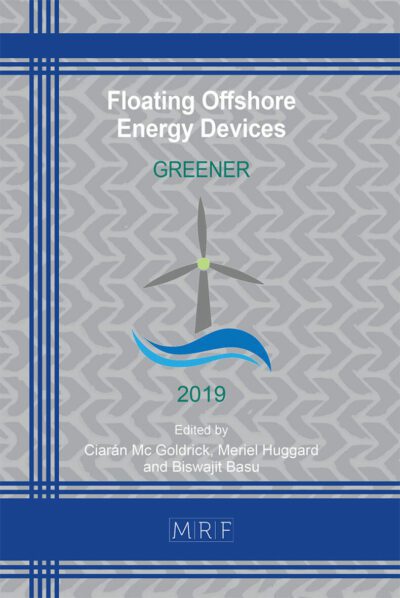Quantum computing CFD simulations: state of the art
Giulio Malinverno, Javier Blasco Alberto, Jon Lecumberri SanMartin
download PDFAbstract. This document is meant to review and discuss the possible applications of Quantum computing in the area of computational fluid dynamics (CFD). A review of the current state-of-the-art of quantum computing applied to computational fluid dynamics has been carried out, highlining how the technology is promising but still in an early stage of development. Furthermore, within the approaches developed to solve CFD problems with the use of quantum algorithms and / or quantum computers, this article discusses a quantum algorithm approach, based on the Lattice Boltzmann Method and developed to the study of 2D flow around a cylinder, a model which can be related to several industrial problems and, in the future, modified to simulate the refrigeration cycle used in aeronautical environmental control systems (ECS). This preliminary code helped to highlight the inherent difficulties to implement a quantum algorithm but helped also to demonstrate the applicability of quantum computing.
Keywords
Quantum Computing, CFD, Scientific Machine Learning, Lattice Boltzmann Method, Hydrodynamic Schrödinger Equation, Navier Stokes Equations
Published online 11/1/2023, 5 pages
Copyright © 2023 by the author(s)
Published under license by Materials Research Forum LLC., Millersville PA, USA
Citation: Giulio Malinverno, Javier Blasco Alberto, Jon Lecumberri SanMartin, Quantum computing CFD simulations: state of the art, Materials Research Proceedings, Vol. 37, pp 174-178, 2023
DOI: https://doi.org/10.21741/9781644902813-38
The article was published as article 38 of the book Aeronautics and Astronautics
![]() Content from this work may be used under the terms of the Creative Commons Attribution 3.0 license. Any further distribution of this work must maintain attribution to the author(s) and the title of the work, journal citation and DOI.
Content from this work may be used under the terms of the Creative Commons Attribution 3.0 license. Any further distribution of this work must maintain attribution to the author(s) and the title of the work, journal citation and DOI.
References
[1] Wikipedia, “Quantum Computing”, https://en.wikipedia.org/wiki/Quantum_computing (Last visited: February 23rd, 2022)
[2] Wils, K.A., Quantum Computing for Structural Optimization, M.Sc. thesis, TU Delft, (2020).
[3] Smaili A. & Alt., Application of the flexible link model (FLM) and quantum computing-based algorithm for the optimum synthesis of partially compliant mechanism, ESDA2012-82467, (2012). https://doi.org/10.1115/ESDA2012-82467
[4] Palmer J., Quantum technology is beginning to come into its own”, The Economist, https://www.economist.com/news/essays/21717782-quantum-technology-beginning-come-its-own (Last visited: February 23rd, 2022)), (2017).
[5] Walters R., Early quantum computing investors see benefits, Financial Times, https://www.ft.com/content/b2f1c0ea-e4ff-11e7-a685-5634466a6915, (2018).
[6] Bharadway S.S. et Alt., Quantum Computation of Fluid Dynamics, Pramana–Journal of Physics, (2020), DOI 12.3456/s78910-011-012-3.
[7] Chen et alt., “Quantum Finite Volume Method for Computational Fluid Dynamics with Classical Input and Output”, arXiv:2102.03557 (2021) [quant-ph].
[8] Meng and Yang, Quantum computing of fluid dynamics using the hydrodynamic Schrödinger equation., arXiv:2302.09741 (2023) [physics.flu-dyn]. https://doi.org/10.1103/PhysRevResearch.5.033182
[9] Gaitan F., Finding flows of a Navier -Stokes fluid through quantum computing, npj Quantum Information, (2020), s41534-020-00291-0. https://doi.org/10.1038/s41534-020-00291-0
[10] Steijl, R. and Barakos, G. N., Parallel evaluation of quantum algorithms for computational fluid dynamics. Computers and Fluids, 173, (2018), pp. 22-28. https://doi.org/10.1016/j.compfluid.2018.03.080
[11] Todorova B. and Steijl R. (2020), “Quantum Algorithm for the Collisionless Boltzmann Equation”, Journal of Computational Physics, 409, (2020), 109347. https://doi.org/10.1016/j.jcp.2020.109347
[12] Yepez J. (1998), “Quantum Computation of Fluid Dynamics”, Quantum Computing and Quantum Communications Lecture Notes in Computer Science, Colin P. Williams (Ed.) Vol. 1509 Springer-Verlag Berlin (1999). https://doi.org/10.1007/3-540-49208-9_3
[13] Doreti, L. and Dineshkumar, L. Control techniques in flow past a cylinder- A Review. IOP Conference Series: Materials Science and Engineering. 377, 012144 (2018,6). https://doi.org/10.1088/1757-899X/377/1/012144
[14] Fattahi et alt., Lattice Boltzmann methods in porous media simulations: From laminar to turbulent flow. Computers Fluids. 140 pp. 247-259 (2016). https://doi.org/10.1016/j.compfluid.2016.10.007
[15] Mohamad A.A., Lattice Boltzmann method – Fundamentals and Engineering Applications with Computer Codes, Springer-Verlag (London), 2011. https://doi.org/10.1007/978-0-85729-455-5
[16] https://qiskit.org/
[17] Budinski L., Quantum algorithm for the Navier Stokes equations by using the stream function vorticity formulation and the lattice Boltzmann method, Quantum Physics, 2022, https://doi.org/10.48550/arXiv.2103.03804
[18] Lecumberri J., Quantum computing implementation of LBM, thesis, Universidad de Zaragoza, B.Sc. Physics degree, 2023
































